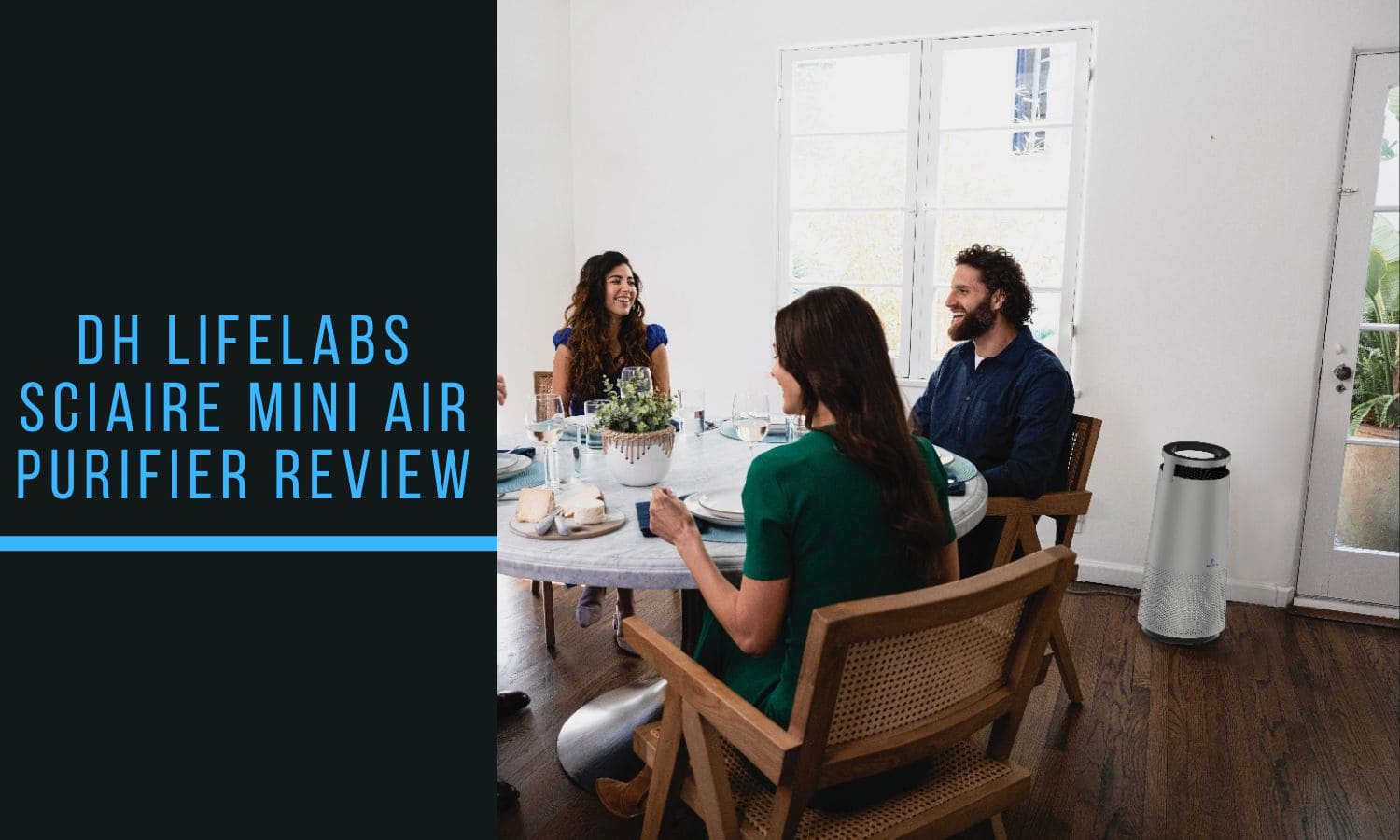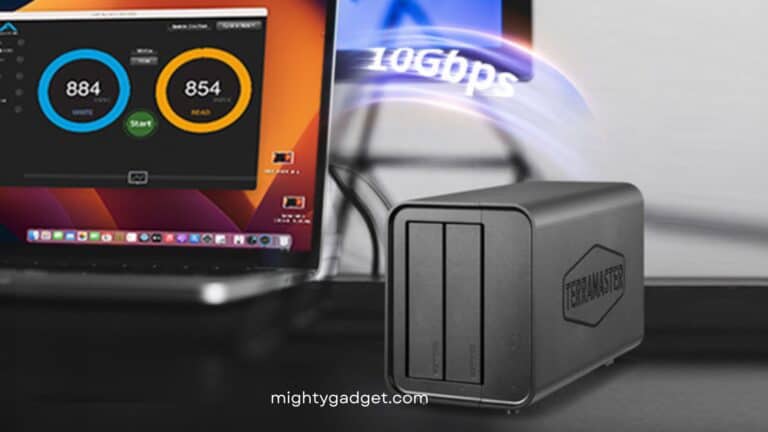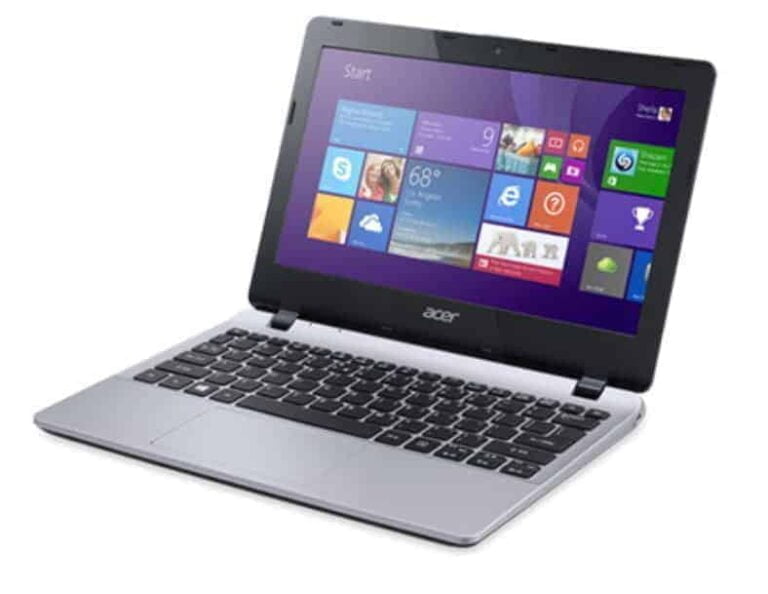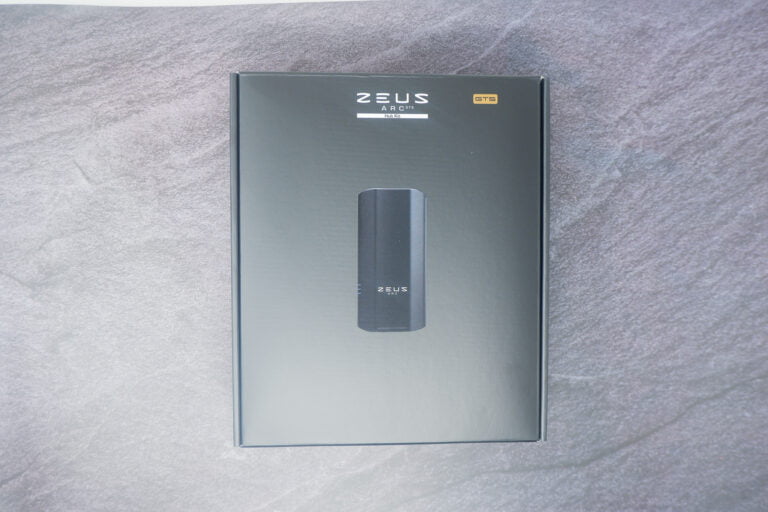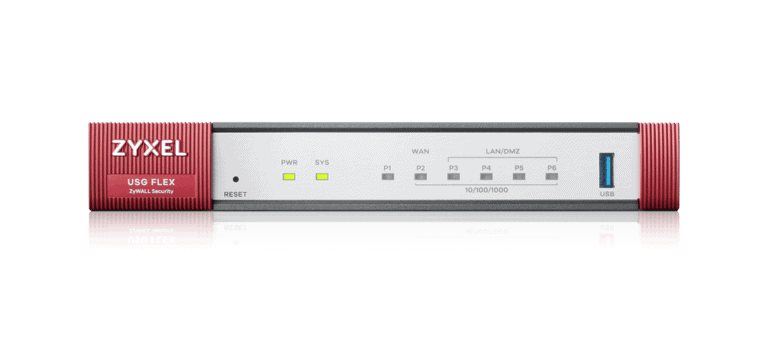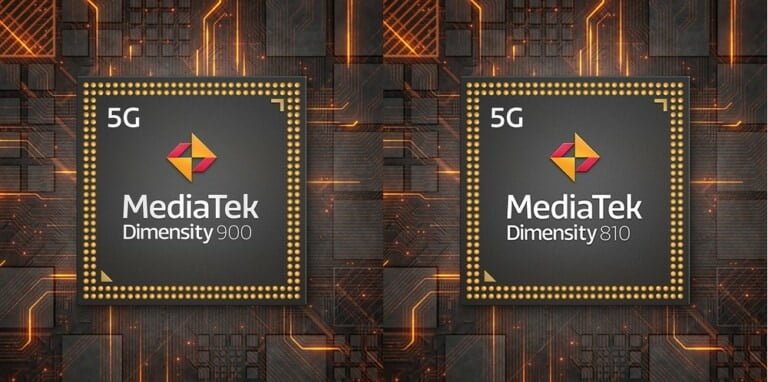Any links to online stores should be assumed to be affiliates. The company or PR agency provides all or most review samples. They have no control over my content, and I provide my honest opinion.
I have covered air purifiers and indoor air quality quite a lot in the past couple of years.
For the air purifiers, these have all just been based on HEPA filters. Even though air purifiers can get expensive, they are essentially just big fan shoving air through a filter, which does make you question why some of them cost hundreds. Most of the air purifiers I have reviewed recently have Wi-Fi and built-in air quality monitors, which helps justify the cost.
With the DH Lifelabs Sciaire Mini, things are a little different. It lacks Wi-Fi, but it is the first air purifier I have reviewed that has an air ioniser built into it. This is a slightly divisive piece of technology; is it marketing hype or the panacea for indoor air quality?
Check out my other air purifier and IAQ reviews:
- Princess Smart Air Purifier Review
- Xiaomi Smart Air Purifier 4 Pro Review
- Partu BS-08 Air Purifier Review
- Dyson Pure Cool Tower Fan Review
- Airthings View Plus Review
Specifications

Just so I don’t get called out by anyone, these are all specs that the company lists on their product page.
- For rooms up to 215 ft2 (20 m2)
- Eliminates 99.9% of Bacteria & Viruses, including SARS-CoV-2 (Common Cause of Coronavirus)
- Removes 99.95% of Airborne Pollutants, Including Dust, Pollen, Smoke, Mould and Pet Dander
- H13 True HEPA Filter Captures Allergens as small as 0.1 microns (Pre-Filter, HEPA Filter, Activated Carbon Filter)
- Neutralizes Household Odours & VOCs, Including Ammonia, Formaldehyde, and Hydrogen Sulfide
- Purifies the Air 4.8x per hour
- Power Consumption: 32W
- Fan Speed: 3 levels (Sleep/ 2/ 3)
- Noise (dB(A)): < 57 dB
- Reminders: Filter replacement every 6 months
Do Air Ioniser Air Purifiers Work?
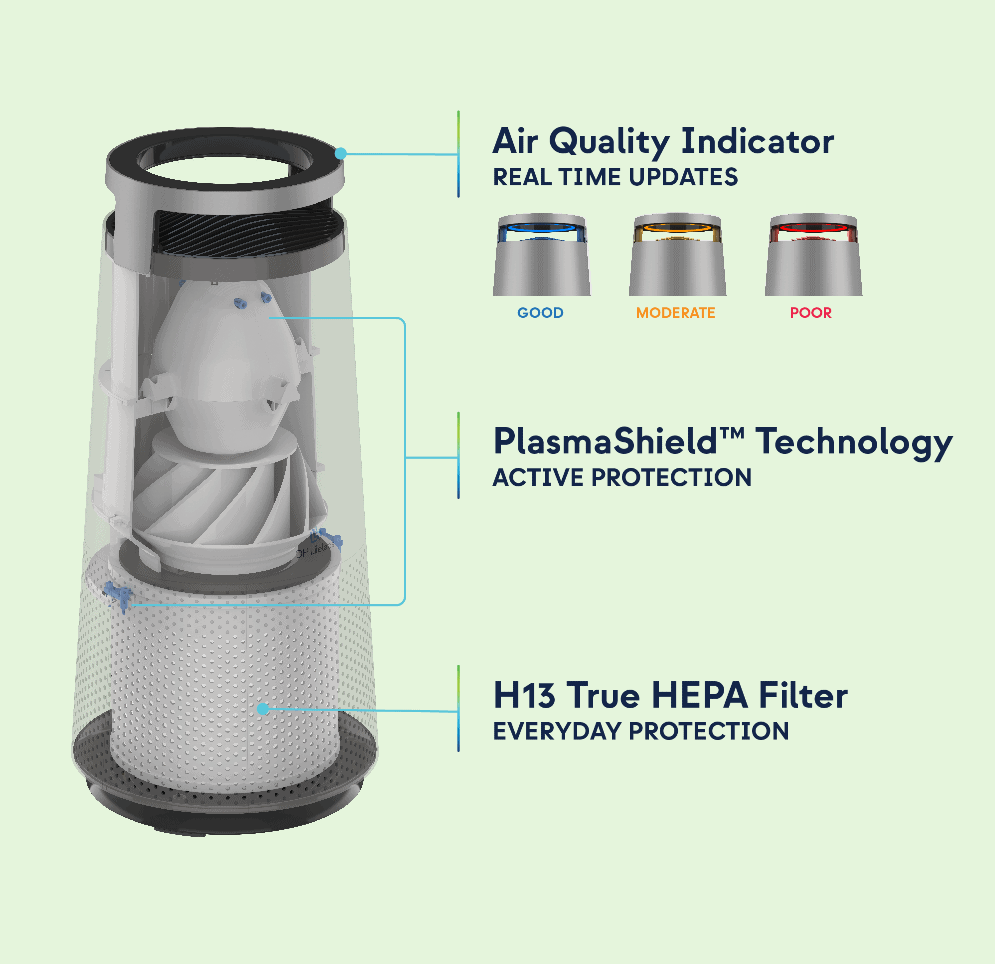
The main thing that differentiates this air purifier from the others I have reviewed is the air ionisation feature.
I am naturally a sceptical person, I have seen various product advertising air ionisation and always felt it was likely marketing hype.
However, it turns out I was wrong, but there are some caveats to this technology.
Air ionisers work by creating a static charge around the airborne contaminants that are floating around your room. Once charged, these particles (such as dust and allergens) are attracted to nearby earthed (grounded) conductors. Basically, they stick to whatever surface they first meet.
So, it is effective at reducing airborne particles, but those contaminants are now likely stuck to all your surfaces around the home. Normally an air ionising air purifier will have deliberate plates to try and collect these contaminants, but you are still going to get a lot sticking to the surfaces around your home.
This air purifier claims to have PlasmaShield technology. Apparently, this proprietary technology generates ions both inside the unit to eliminate trapped pathogens, and throughout the space, to purify the surrounding air.
Air ionisers have been used in clean rooms to control ultrafine aerosol pollutants, so it is definitely an effective solution when implemented properly, its just that you need to factor in where those particles are ending up.
It has been reported that consumer-focused air ionisers are not powerful enough to influence particulate levels within homes. In this case, you will just have to assume that the marketing claims of DH Lifelabs are accurate, which is the case for many products.
Therefore, it is not an ideal solution, but for many people, it will be better than breathing in those contaminants.
Virus and SARS-CoV-2 / Covid Claims
This device makes some pretty big claims about the ability to eliminate viruses. I have touched on the virus elimination claims of air purifiers in my Partu BS-08 review.
HEPA filters should be able to remove a lot of bacteria that may be floating around in the air. A HEPA filter will typically filter out things as low as 0.3um. According to many microbiology books, the average size of most bacteria is between 0.2um and 2.0um (diameter).
However, viruses are typically smaller than 0.3um. This was the argument by anti-maskers, but it ignored the fact that many viruses, including covid, work via droplet infection, not an airborne infection.
Things are a little different with this because of the air ionisation. According to New Scientist, air ionisers have been successfully used to reduce bacterial-based infections within hospitals.
Research by electronics company Sharp has shown that positive and negative ions produced by their air conditioning systems can inactivate viruses, including influenza.
When it comes to viruses, things are a bit more complex, there doesn’t seem to be much data to suggest that air ionisation does anything to the virus itself. But, many viruses, including SARS-CoV-2 and influenza from the research Sharp did, rely on piggybacking on droplets or smaller aerosols. It is believed that covid can spread via smaller-than-droplet aerosols, and these can travel dozens of meters from the source and potentially remain suspended in the air for hours. Therefore, the combination of a HEPA filter and air ionisation should help reduce the spread of an aerosol-borne virus.
Based on my limited research (30 mins or so of Googling), it is likely the HEPA filter that will be most beneficial here. I am not sure if you want an ionised virus-laden particle landing randomly on a surface around your home, but it’s still probably better than being in the air.
Set Up
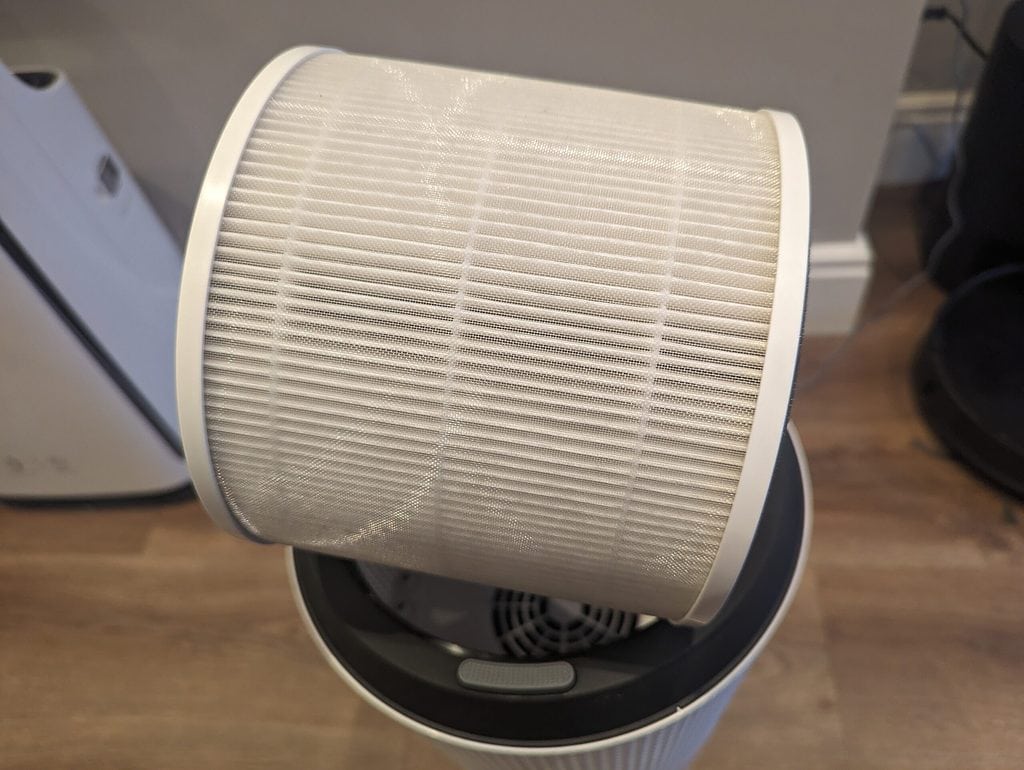
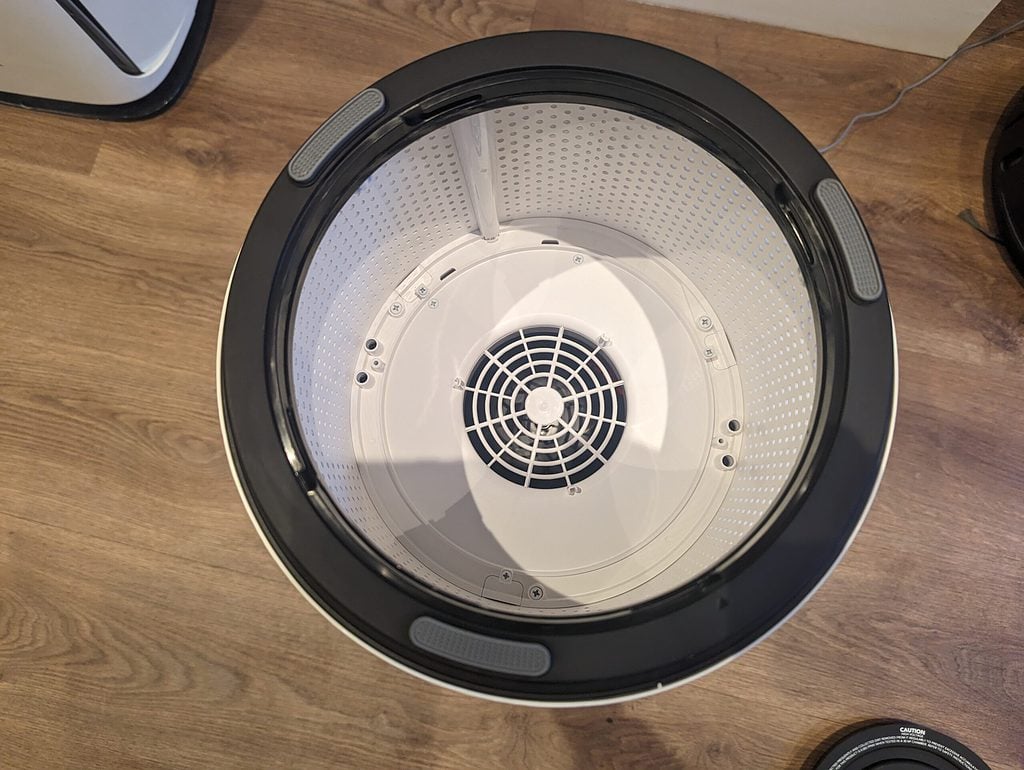
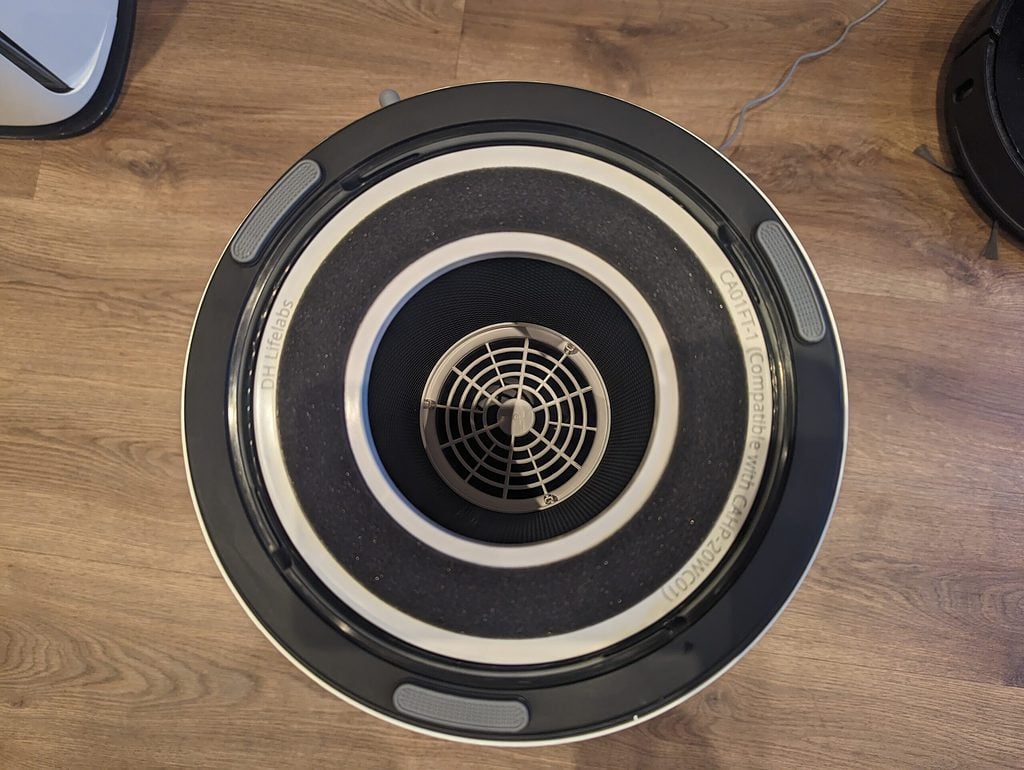
This is not a smart air purifier, so there isn’t much set-up. Like all air purifiers, this has the HEPA filter bagged up, so you need to open it up and refit the filter before you start using it.
When you press the on button, it will be in auto mode and therefore ramp up or down the fans based on the air quality. The LED ring will give you an idea of the air quality.
Performance
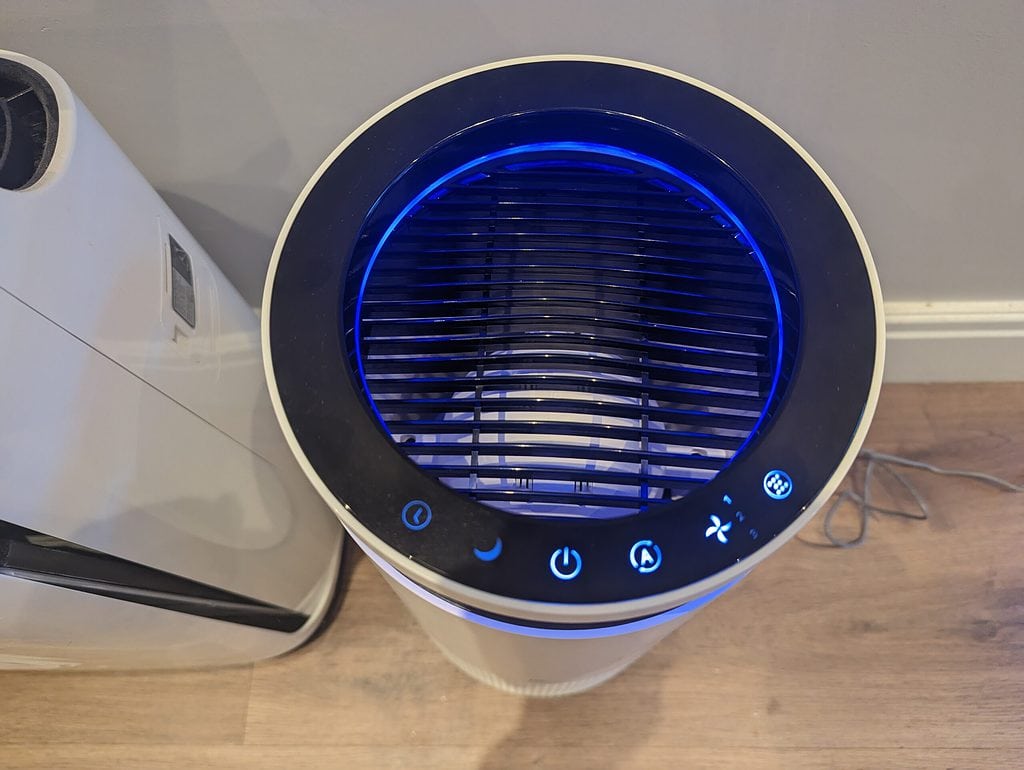
One issue I have with this air purifier is that they don’t state the CADR, which gives you some idea of the air filtration performance and allows you to select the correct sized air purifier for your room.
You will just have to trust the claims that this can manage rooms up to 215 ft2 (20 m2), and it claims that it will turn over the air 4.8x per hour.
You can potentially work out the CADR from that. If you assume the ceiling height is 8ft and this works in a 215ft2 room. With 5 air changes per hour, this would work out at 143 CFM or 243 m³/h.
The mini name indicates this is supposed to be for smaller rooms, so it is perhaps no surprise that the CADR is lower than many popular options on the market. It is a touch behind the Princess Smart Air Purifier (cheaper) I reviewed in June and around half the performance of the Xiaomi Smart Air Purifier 4 Pro (more expensive).
Those air purifiers both have smart functionality that allows you to set up schedules and monitor the exact air quality, but they lack air ionisation.
Moving on to its actual performance in my home. There is not a great deal to say. I have been happy with the performance. It is winter, so my allergies are not too bad, and I haven’t caught a virus in about 5 years, so I can’t comment on its effectiveness there.
Using my Airthings View Plus, the indoor air quality has been reported as being good, and the LED indicator on the air purifier seems to accurately match up to what Airthings reports. PM 2.5 peaks when I cook in the kitchen, and I would say subjectively that these seem to drop off faster with this air purifier than without (which is to be expected).
With it being absolutely freezing at the moment, our windows are permanently shut, and there can be a build-up of food smells or that mustiness created by dampness, especially in bedrooms. Again, subjectively, this does seem to have helped reduce that issue.
Fan noise is good, at level one, it is barely audible over the quiet music I play in my office. Dialling it up to maximum, the volume isn’t too loud, but the pitch is a little higher than competing air purifiers. This is likely due to it being a smaller fan (and lower CADR).
Price and Alternative Options
The DH Lifelabs Sciaire Mini + HEPA is priced at £200 and has a CADR of approximately 243 m³/h (based on my questionable maths).
The following lack air ionisation:
The Princess Smart Air Purifier is £170 with a CADR of 280 m³/h.
The Philips Series 2000i Connected Air Purifier is £250 with a CADR of 333 m³/h.
The Xiaomi Smart Air Purifier 4 Pro is roughly £250 with a CADR of 500 m³/h.
Blueair is an expensive, but a well-respected brand in the air purifier world and they have the Dustmagnet 5240I which has a 230+ m³/h CADR and costs £350.
Overall
I normally try and be as objective as possible and base my conclusions on the performance of a product compared to its peers and price.
In this case, it is not really possible to do that. How good this is largely depends on how much value you put into the air ionisation process. I don’t have a lab environment where I can accurately tell if this removes more or less air particles than air purifiers that rely on just HEPA filters.
It is also winter, and my allergies are not that bad at the moment.
Subjectively, I have been happy with the DH Lifelabs Sciaire Mini. It runs quietly, and it does seem to improve the air quality much faster than not having an air purifier. It also seems to be good at reducing the musty smell and food odours that can build up with all our windows closed.
If my maths is right, the CADR performance is not miles off other units. If you just want a HEPA filter, it is a bit expensive but not extortionately so.
Overall, I have been impressed with the DH Lifelabs Sciaire Mini, and I do recommend it, as long as you consider all the caveats I have listed.
DH Lifelabs Sciaire Mini + HEPA Air Purifier Review Rating
Summary
I have been impressed with the DH Lifelabs Sciaire Mini, it runs quietly and looks nice compared to normal air purifiers. How good it is largely depends on if you believe in the benefits of air ionisation. There is a science to back it, and I think it is worth considering.
Overall
75%-
Overall - 75%75%
Pros
- HEPA Air purifier + ionisation should provide superior results vs just HEPA
- Quiet
- Attractive design as far as these things go
Cons
- Air ionisation is a controversial feature in air purifiers and may not be as beneficial as marketing claims state
I am James, a UK-based tech enthusiast and the Editor and Owner of Mighty Gadget, which I’ve proudly run since 2007. Passionate about all things technology, my expertise spans from computers and networking to mobile, wearables, and smart home devices.
As a fitness fanatic who loves running and cycling, I also have a keen interest in fitness-related technology, and I take every opportunity to cover this niche on my blog. My diverse interests allow me to bring a unique perspective to tech blogging, merging lifestyle, fitness, and the latest tech trends.
In my academic pursuits, I earned a BSc in Information Systems Design from UCLAN, before advancing my learning with a Master’s Degree in Computing. This advanced study also included Cisco CCNA accreditation, further demonstrating my commitment to understanding and staying ahead of the technology curve.
I’m proud to share that Vuelio has consistently ranked Mighty Gadget as one of the top technology blogs in the UK. With my dedication to technology and drive to share my insights, I aim to continue providing my readers with engaging and informative content.

